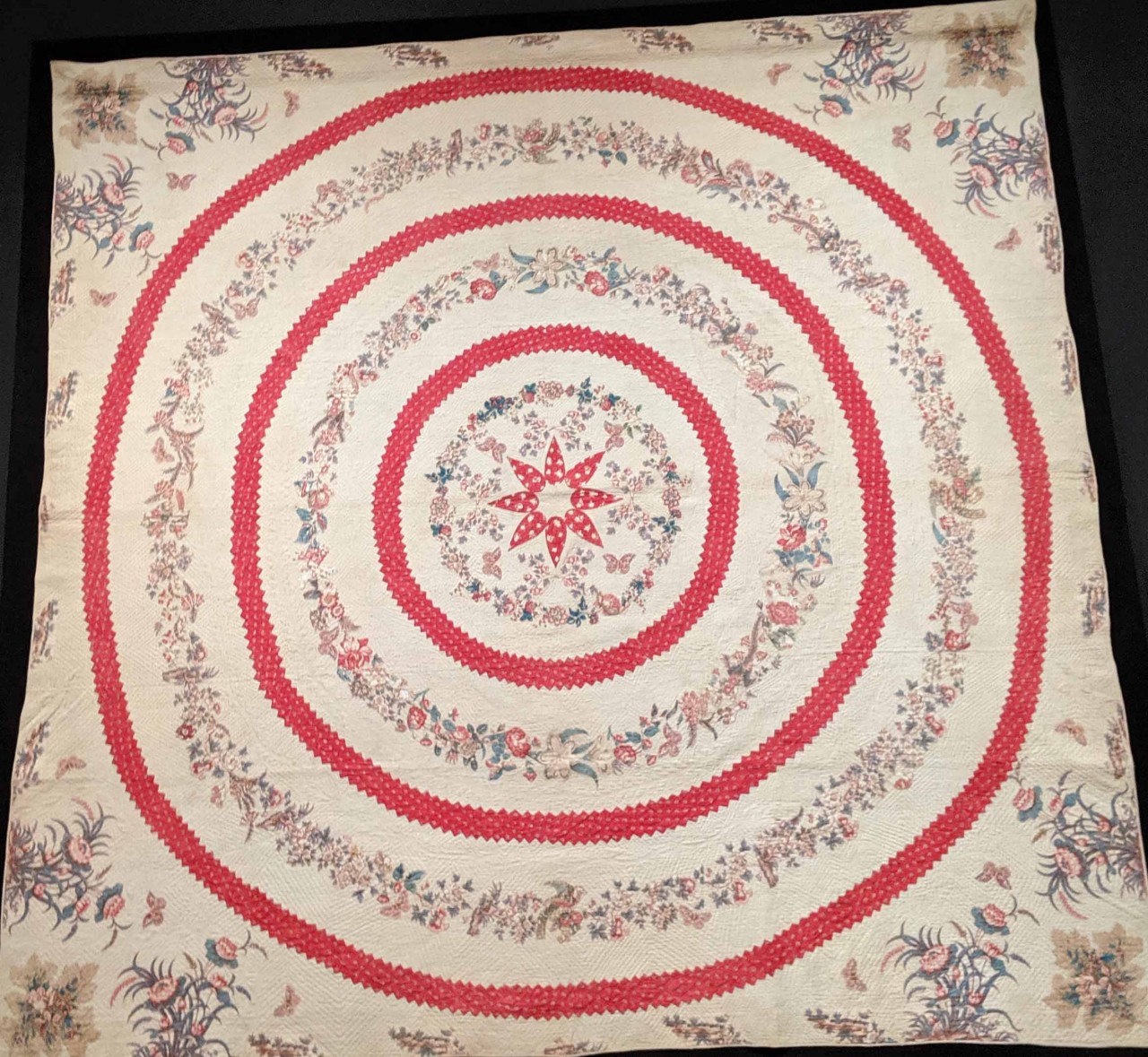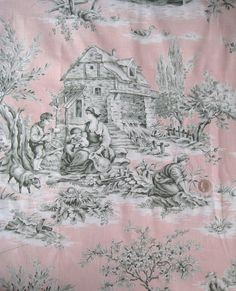
Our first adventure in October was a trip to Lincoln, Nebraska for the American Quilt Study Group Seminar. While attending the seminar we visited the International Quilt Museum (now IQM< formerly the International Quilt Study Center and Museum.) Shapeshifters was a new exhibition which showcased acquisitions that had never been exhibited at the museum before. This first in a series of exhibitions focused on applique and the center medallion format is heavily represented. Each quilt uses a different approach to make the design original in the quilt artists own way. The quilts in this exhibition range in date from 1830’s – 1930’s. The gazelle quilt was made by Bertha Stenge, dubbed “Chicago’s Quilting Queen” by the Chicago Daily News. The quilt was originally purchased from the Chicago Art Institute, then later it was donated to IQM....





